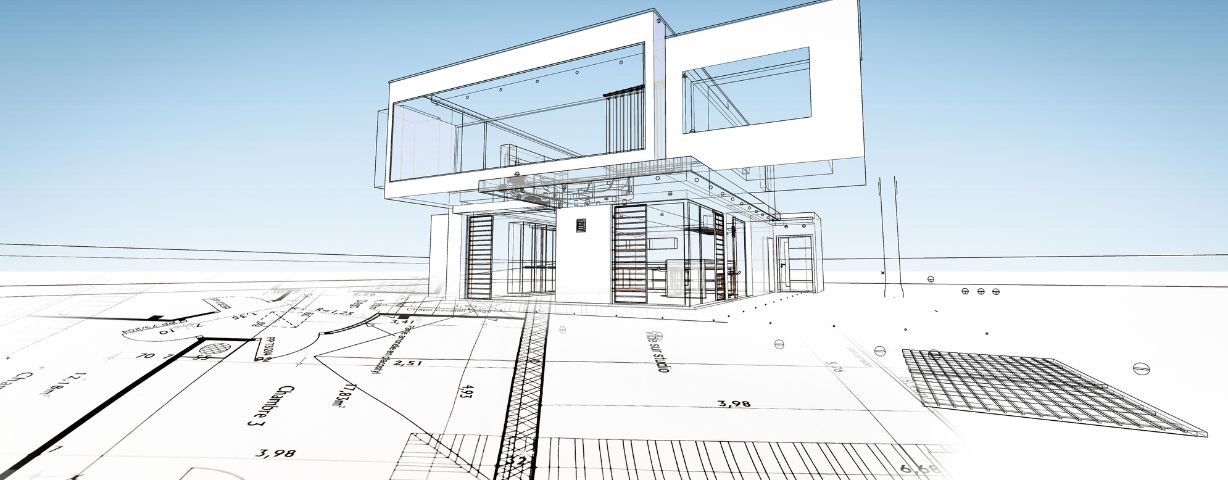The pre-project design phase is an important stage in the development of large construction and infrastructure projects, where the general concept of the future facility, its main characteristics and approaches to implementation are determined. The following key documents can be developed within this stage:
- Development of a preliminary feasibility study (PFS): This is a primary analysis that helps determine the viability of a project based on an analysis of key factors such as market demand, economic feasibility, possible risks, and total investment costs. At this stage, the feasibility of launching a project is analyzed, its profitability is assessed, and possible limitations are identified.
- Feasibility Study (FS) : This document is a more detailed study that specifies all the key parameters of the project, including technical, economic and organizational aspects. It serves as a basis for deciding whether to continue the project and what resources will be needed for this. The feasibility study includes an assessment of the financial model, cost calculation, analysis of potential income and expenses, and a description of technological processes.
- Main design solutions (MDS): At this stage, the main design solutions are developed, which determine the key parameters of the designed object. This includes the choice of technologies, materials, equipment and construction methods. The MDS also includes the main construction and engineering solutions, infrastructure design, security systems and other important aspects.
- Draft design: The draft design is the first visual representation of the future object. These are preliminary drawings and plans that allow you to evaluate the architectural, engineering and aesthetic features of the object. The sketch project helps to identify possible problems at the planning stage and gives the Client and designers the opportunity to discuss the main conceptual solutions.
All these documents play a key role in forming a clear strategy for project implementation and help to minimize risks at later stages of design and construction.
